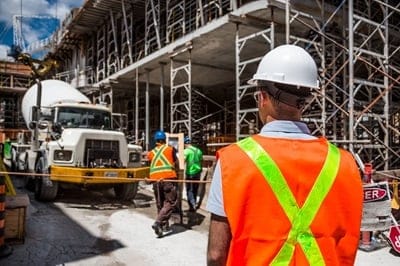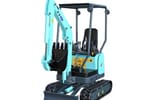It gives construction crews added versatility and can make their jobs much faster and easier. Numerous types of concrete molds are available, each one suited to specific needs and expectations. Of course, permanent formwork can be particularly advantageous. Consider the following benefits of stay-in-place formwork and why it has become a preferred choice among builders for many types of projects.
Added Strength and Structural Integrity
Strength and durability are among the main advantages of permanent concrete formwork. Since it’s designed to remain in place for the life of a structure, it’s made from sturdy, long-lasting materials. It’s designed to withstand time and the elements. Its strong suits also extend to the buildings it’s used in, so it can lend added structural integrity. That ensures extra stability and reduced maintenance requirements.
Permanent formwork may give buildings added resistance against high winds, earthquakes, and other environmental challenges. By extension, it can make buildings safer and less vulnerable to damage. Longevity, fewer maintenance and repair needs, and added safety can greatly reduce hassles for property owners from a long-term perspective. These molds offer extra peace of mind as well.
Faster Construction
Permanent formwork can also help speed up the construction process. Temporary formwork requires assembly. From there, concrete is poured into the molds and allowed to cure. Then, the molds are removed and moved along to the next area of the building to be constructed. At that point, the process starts all over again. Once construction is complete, conventional molds need to be dismantled.
Stay-in-place formwork eliminates some of the more time-consuming steps. It doesn’t need to be removed, relocated, and disassembled because it remains in place. That can significantly reduce construction times and improve efficiency. It also takes a great deal of extra work out of the process. As such, permanent formwork can help construction crews meet their deadlines more effectively.
Environmental Considerations
Permanent formwork can also bring several environmental benefits to the mix. It’s often made of recycled or recyclable materials, so it requires fewer raw materials for fabrication. Since these molds stay in place and don’t require frequent replacement, they can greatly reduce waste in the construction sector. They may provide extra insulation as well. They can create airtight seals in structural joints. That leads to reduced energy consumption and lower heating and cooling costs for property owners. It also falls in line with sustainable construction practices, which are becoming industry standards these days.
Greater Versatility
Greater versatility is also a pull factor of permanent concrete formwork. It gives architects and builders more flexibility in design. These systems can be adapted to an array of shapes and layouts for more aesthetically pleasing buildings. From curved walls to unconventional designs, permanent formwork provides flexibility without sacrificing strength and durability.
Cost-Effectiveness
Yet another advantage of permanent concrete formwork is its cost-effectiveness. Though these molds are more expensive upfront than temporary options, they can provide long-term savings. These come from reduced labor requirements, energy efficiency, reduced maintenance and replacement needs, and many other factors. All those make it well worth the higher initial investment.
Long-Lasting Advantages for Construction Projects
Although several types of concrete formwork are available, permanent molds can provide a range of benefits. Their durability, longevity, energy efficiency, and cost-effectiveness are among the most noteworthy. Beyond those, stay-in-place formwork can give buildings added structural integrity while reducing waste. It’s a versatile and sustainable choice that’s suitable for a variety of construction projects, and its long-term advantages make it a sound investment.























